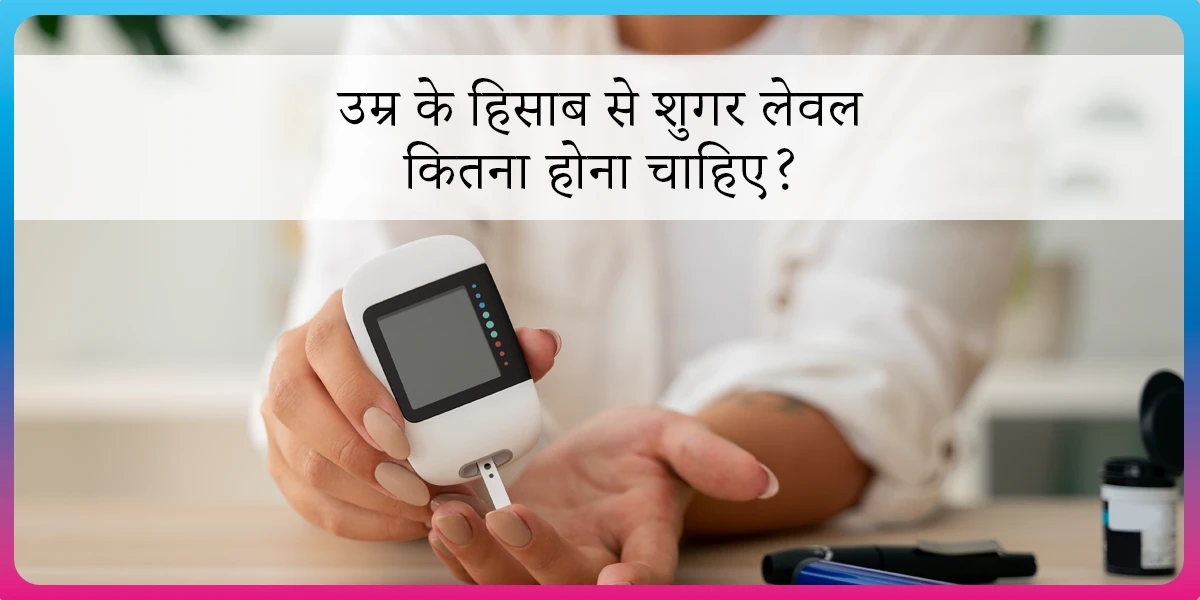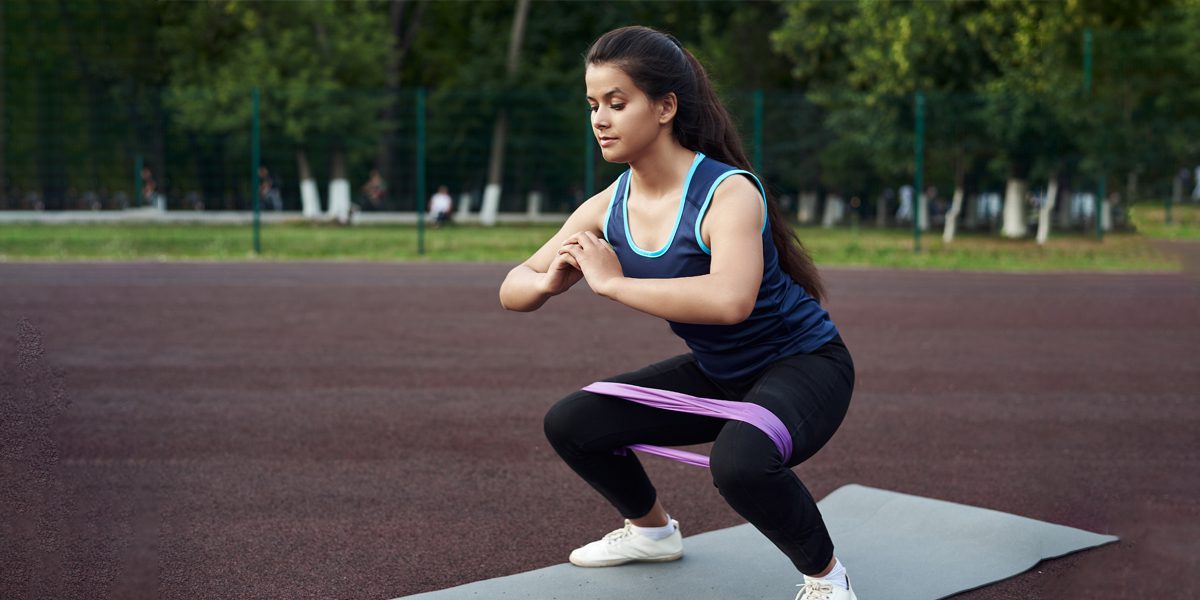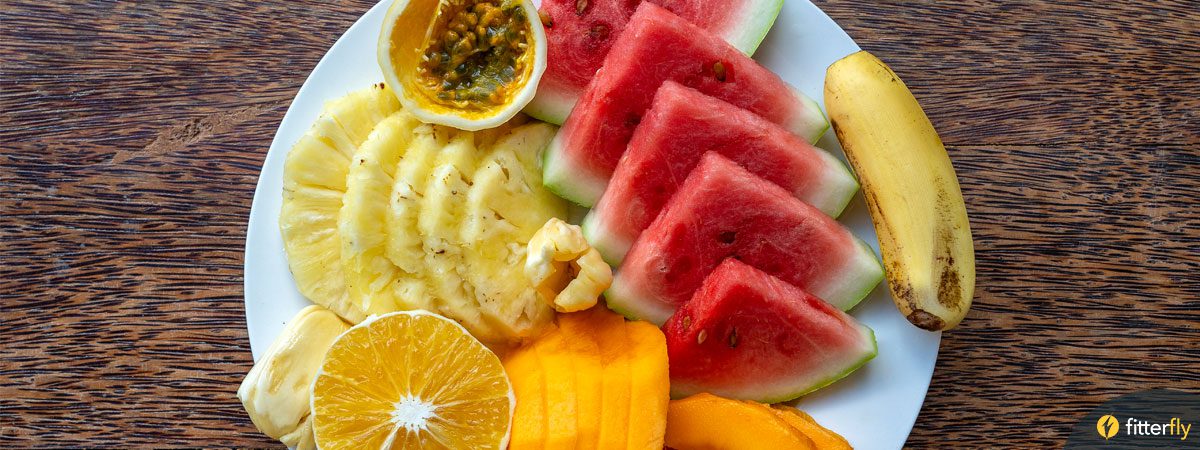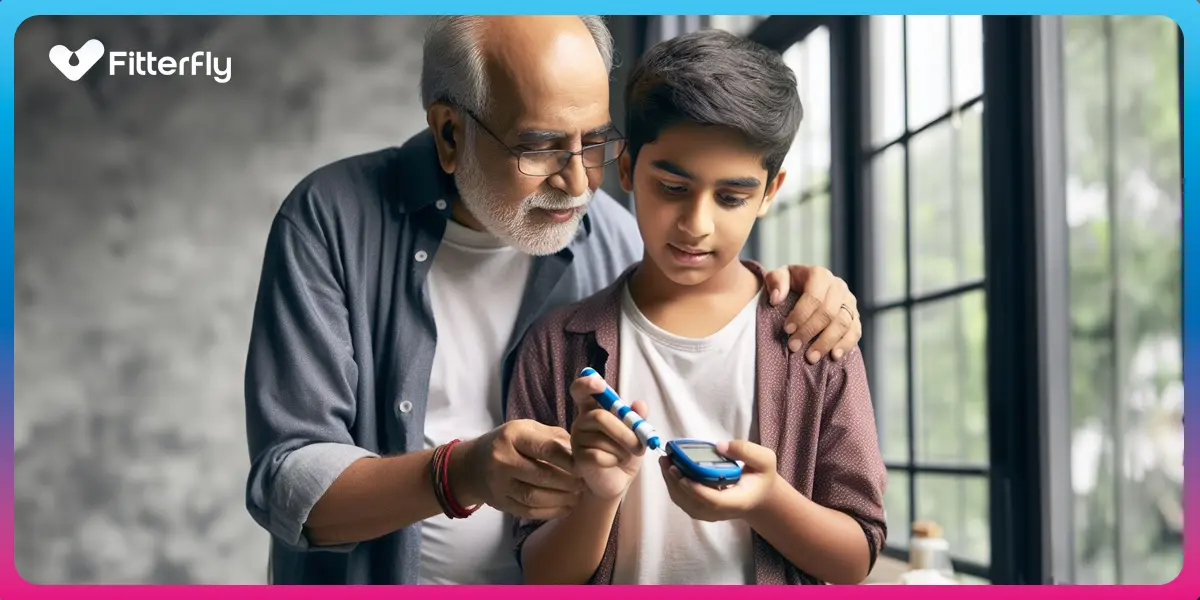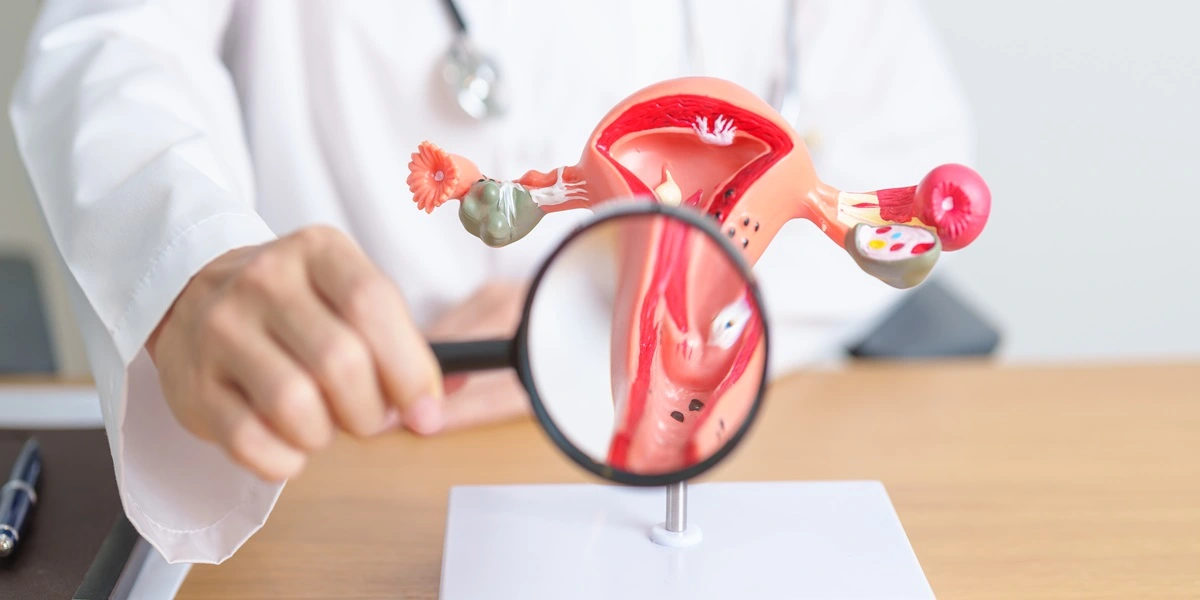Understanding Thirst in Diabetes: Symptoms, Causes and Management

In the last few months, Mr. AKS has been very thirsty, always needing to sip water every few min, but still feeling thirsty. He also felt very tired, visited the toilet frequently, and noticed he was losing weight, too.
He went to see his doctor. After some tests, the doctor said he had diabetes. Mr. AKS was shocked because he knew about diabetes but didn’t think he would get it.
Have you felt like this, too? You might wonder how diabetes is linked to feeling very thirsty or what diabetes thirst is. Let’s talk about it in this blog.
What is the Connection Between Diabetes & Thirst?
Sometimes, you might notice that your blood sugar levels are higher, and you feel dehydrated with an urge to pee frequently. To balance out this situation, your body triggers thirst as a protective mechanism, leading you to drink water more frequently, which can indicate diabetes.
Now, let us understand how diabetes is affected by this condition.
Diabetes is a long-term condition that affects how your body manages blood sugar. Sugar, in the form of glucose, is essential for your body to function.
When you consume glucose-rich food, it enters your body and is needed by your cells to function correctly. However, to facilitate the entry of glucose into the cells, a hormone called insulin is required. Without insulin, glucose remains in the bloodstream, and over time, this can lead to diabetes.
There are two primary types of diabetes
1. Type 1 Diabetes
This autoimmune disorder prevents your body from producing insulin. It can occur at any age, even in children.
2. Type 2 Diabetes
More prevalent than type 1, this type typically affects adults. People with type 2 diabetes may produce insulin but not in adequate amounts, or their bodies might struggle to use it effectively, leading to insulin resistance.
Common Diabetes Thirst Symptoms Across Both Types
Both type 1 and type 2 diabetes can lead to excessive thirst and frequent urination. Other shared symptoms, if unmanaged, include:
- Dry mouth
- Gum issues (redness, swelling, tenderness)
- Fatigue
- Increased hunger
- In type 1, often weight loss
- Slow healing wounds
- Frequent infections
- Mood swings and irritability
- Numbness or tingling in extremities, indicating diabetic neuropathy
Symptom Onset and Severity
- Type 2 Diabetes: Symptoms might not appear for years, can be mild, and worsen gradually.
- Type 1 Diabetes: Symptoms develop swiftly, sometimes within weeks, and can be intense.
Why Do People with Diabetes Feel So Thirsty?
Having diabetes means there’s too much sugar in your blood. When there’s too much sugar in your blood, your kidneys work harder to remove it, leading to more frequent and more significant amounts of urine.
This process consumes your body’s water reserves and even pulls out moisture from your tissues to flush out the sugar. As a result, you feel extremely thirsty.
Your brain responds by signaling you to drink more water to stay hydrated. However, this only leads to more urination, creating a cycle of thirst and frequent urination that persists if your blood sugar isn’t managed.
This is known as polydipsia.
To know your chances of Diabetes reversal, take the Diabetes Reversal TestDiabetes Reversal
Calculator
Managing Diabetes Thirst: Strategies and Tips
1. Dealing with Thirst
If you’re feeling constantly thirsty due to diabetes, managing your blood sugar levels is important. Drinking plenty of water helps, but the key is addressing the root cause: high sugar levels in your blood.
2. Recognizing Symptoms
Apart from thirst, watch out for frequent urination, dry mouth, and tiredness. These signs indicate your body is trying to manage the excess sugar.
3. Diabetes Thirst at Night effective management strategies
Experiencing thirst at night (called as nocturnal thirst), is a common issue for people with diabetes. This condition can lead to frequent awakenings to drink water, significantly disrupting sleep patterns.
The root cause of this nighttime thirst is the increased blood sugar levels, which lead to increased urination and subsequent dehydration.
To Manage Diabetes Thirst at Night
- Keep blood sugar steady, especially before bed.
- Cut down on caffeine and foods that make you pee more.
- Eat early in the evening to avoid sugar spikes.
- Drink plenty of water during the day, not just before bed.
- Good sleep also helps manage diabetes better.
4. Balancing Electrolytes
It’s not just about drinking water; maintaining a balance of electrolytes like salt and sugar in your body is essential. Electrolytes help your body’s cells function properly, and when you’re dehydrated, these can get out of balance.
5. Lifestyle Changes
Adopting a healthy lifestyle can significantly impact your blood sugar levels. This includes eating a balanced diet, exercising regularly, and monitoring your blood sugar.
6. Seeking Professional Help and Guidance
Consulting your healthcare expert is crucial in diagnosing and managing diabetes. They help you to understand your condition well. They conduct tests to measure your blood sugar levels and determine whether you have diabetes.
Based on the diagnosis, healthcare professionals can guide you in managing your condition effectively, including recommendations on diet, exercise, and, if necessary, medication.
Also, get in touch with a professional coach, as we at Fitterfly provide you with diet, physio, and success coaches who can make a difference. They can provide the tools, knowledge, and support you need to manage your condition and improve your quality of life.
FitterTake
Recognizing and addressing the symptoms of diabetes early on, particularly excessive thirst, is key to managing the condition effectively. By making informed lifestyle choices, seeking professional guidance, and utilizing personalized management programs, people with diabetes can lead healthier lives.
To manage diabetes-induced thirst:
- Drink plenty of water
- Maintain a balanced electrolyte intake
- Adopt a healthy lifestyle with a balanced diet and regular exercise
- Monitor blood sugar levels closely
If you find it difficult to manage your diabetes, we are here for you. All you need to do is talk to our experts by just giving a missed call on 08068507599.
You can also explore the Fitterfly Diabetes Prime Program, which offers personalized coaching and strategies tailored to individual needs, proving effective in managing diabetes.
This blog provides general information for educational and informational purposes only and shouldn't be seen as professional advice.
REVERSED Diabetes in 3 months


Happy members
EMI
Guarantee
4.8/5
Diabetes Prime Program










